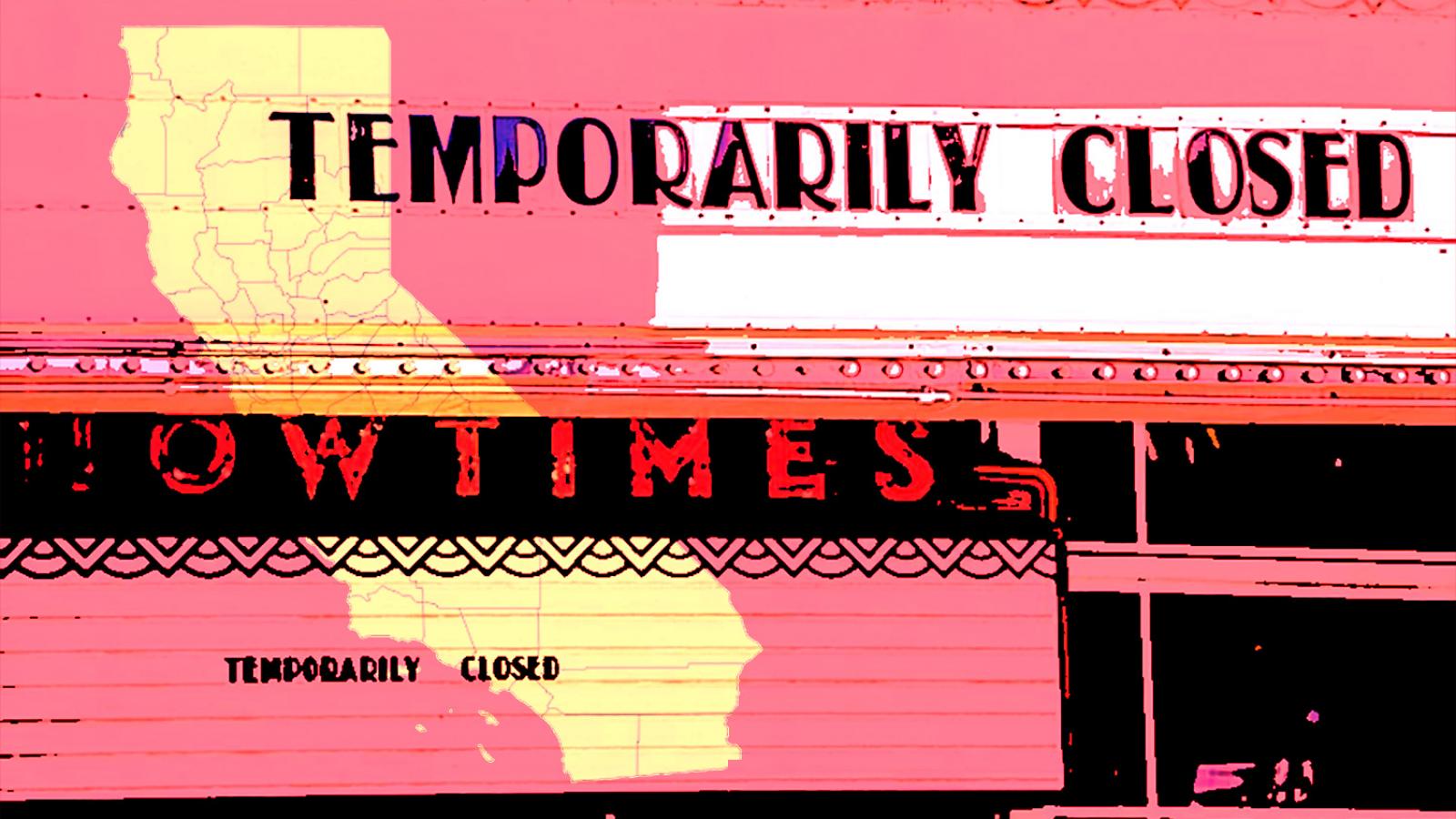California Gov. Gavin Newsom is laying out plans for what a gradual reopening of the state may look like as health care capacity and hospitalizations stemming from the coronavirus (COVID-19) pandemic begin to stabilize.
In order to slow down the spread of the virus, the Golden State has been under stay-at-home orders since March 19, closing down all non-essential businesses and schools. This halt created a devastating economic impact for businesses and families alike.
In this Q&A, Professor of Economics Fernando Lozano shares his views on the possible road to economic recovery for California. A labor economist, Lozano is the co-chair of California's Council of Economic Advisors and focuses his research on immigration and labor supply. Currently in Italy, Lozano also shares his experience of living in one of the hotspots of the pandemic.
You and your family are currently in Italy. Where are you located and what are you working on?
We live in Turin, a city in the northwest of the country at the feet of the Alps. My goal for the sabbatical was twofold: first, I wanted to understand the differences in the immigration dynamics in Europe and the United States; second, but in a similar line, I want to observe the role that immigration and emigration play on the identity of Italy.
Italy was one of the hotspots of the COVID-19 outbreak. Tell us about your experience of this global health crisis in that country.
Italy's health care system, with universal access and single payer, is one of the highest-ranking in the world. Nonetheless, there are significant differences in the quality of care in the north and the south of the country. The north is wealthier and has more, and better, hospitals and care in general. So, before the epidemic started, Turin had one of the highest life expectancies in Europe. Turin is in the center of the epidemic; the corridor between Milan and Turin has some of the highest infection rates in the country. Because of high life expectancy, the age distribution skews to the right, which results in higher morbidity than in other places in the country. The larger morbidity in Turin has framed my perception of the epidemic.
From an economics perspective, the one comparison I would highlight between the United States and Italy is the ability of the federal government to mitigate the economic crisis. (Even with the passive and disorganized response of the U.S. federal government.) In America, the government can borrow money and, for example, offer transfers like the $1,200 checks through the CARES Act, while the Italian government faces many more constraints. In that sense, the private sector here has had to step up and provide a lot of local support through local charities.
You were recently named to California's Council of Economic Advisors. What is some of the work that you are doing for Gov. Newsom?
As co-chair of the council, my role is to coordinate with the governor's office the agenda of our meetings. We are a diverse committee in terms of academic backgrounds and geographic locations. Thus, I make sure that in our discussions, every voice has space and gets heard. In terms of topics, the COVID-19 recession has dominated our conversations. We talk about many issues, like the social safety net, unemployment, small business, education or housing markets. The one constant is that we always think of the most vulnerable Californians, and how to create an infrastructure that in the future supports them.
Given the economic impact of the COVID-19 outbreak, what does California's economic outlook look like in the short and long term?
This recession is unlike any other recorded in history. In my opinion, to reactivate the economy it is essential to decrease the risk of contagion, and guarantee people's health to the extent possible. People must know that by participating in the marketplace, they will not get sick. In that sense, the more successful we are in mitigating the outbreak, the more certainty we will provide to the economy, and the faster the recovery.
How does the economic impact to California of the COVID-19 outbreak compare to major events ?
This recession is different in that physical health and economic health are so closely related. I believe we will not be able to achieve long-term growth unless we can control the COVID-19 outbreak. I am convinced there is no trade-off between economic growth and health outcomes in the long run.
How is California positioned to recover economically from the COVID-19 outbreak and why?
California has one of the most dynamic economies in the world; we have the world's premier higher education system. As a state, we are innovative and entrepreneurial. But at the same time, this crisis has highlighted some of our structural faults. We must remember that over 2 million Californians live with at least one undocumented family member that cannot access the social safety net even though most pay taxes. In California, we have significant inequalities in educational attainment and achievement, and also differences in terms of the access to and quality of health care. Also, housing affordability is a problem as almost one-third of the households spend at least half of their income on housing. I believe that if we are to learn anything from this crisis, it is that we must do more to assure that we promote more inclusive and progressive growth.
